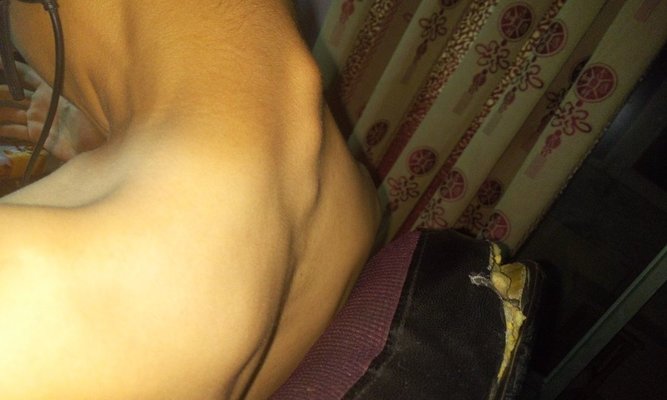Initial symptoms of carotid aneurysm?
summary
Carotid artery aneurysms refer to the common carotid artery, extracranial segment of internal carotid artery, external carotid artery and its branches. They often occur at the bifurcation of carotid artery, and a few occur in internal carotid artery and common carotid artery trunk. This kind of aneurysms is rare, accounting for about 2% of the peripheral aneurysms, mostly unilateral lesions. Initial symptoms of carotid aneurysm? Let's talk about it
Initial symptoms of carotid aneurysm?
The most common clinical manifestation is an expansive pulsatile mass in one side of the neck, which may be accompanied by local pain. Systolic murmurs are often heard in the mass, but when there is a huge mural thrombus, the murmur is often not heard.

After the enlargement of carotid artery aneurysm, dysphagia, tracheal displacement and dyspnea may occur due to the compression of the mass. Hoarseness may occur when the recurrent laryngeal nerve is compressed, and Horner's syndrome may occur when the sympathetic nerve is compressed.

When carotid artery aneurysms affect intracranial blood supply, different degrees of cerebral ischemia symptoms may appear. When the tumor rupture bleeding, can cause pharynx, nose or ear bleeding or even suffocation death. MRA examination: can show the structure without being covered by liquid or bone, can find the diameter of more than mm aneurysm.

matters needing attention
Once diagnosed, carotid artery aneurysm should be treated as soon as possible, because the tumor is growing, compressing adjacent tissues and organs, and there is a risk of rupture and cerebral embolism at any time. If the patient's condition permits, Matas test (carotid artery compression test) should be performed before operation. In order to improve the collateral circulation of the basilar artery, the blood supply of the affected common carotid artery was blocked by finger pressing, 2-4 times / day, and the operation could be considered only when there was no sign of cerebral ischemia for more than 3-25 minutes.














